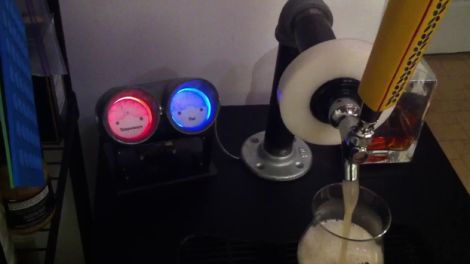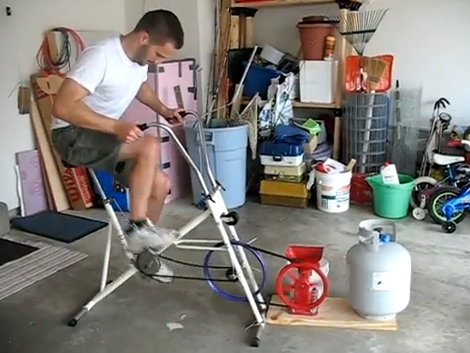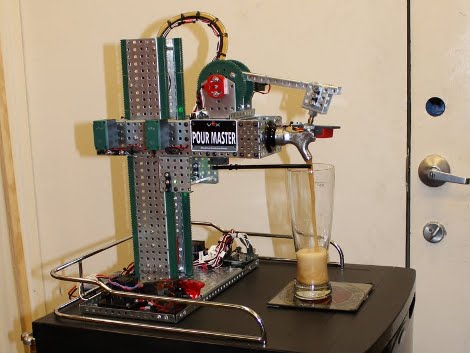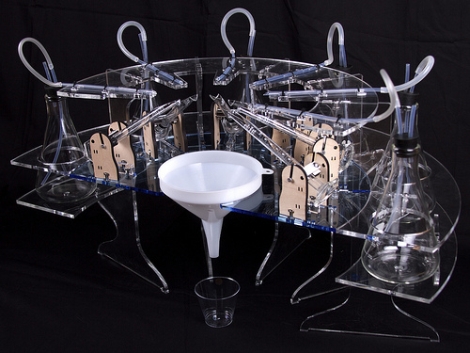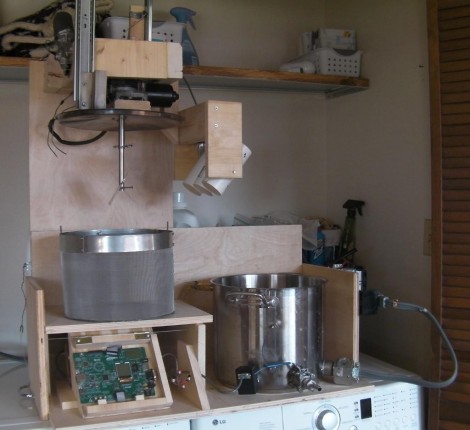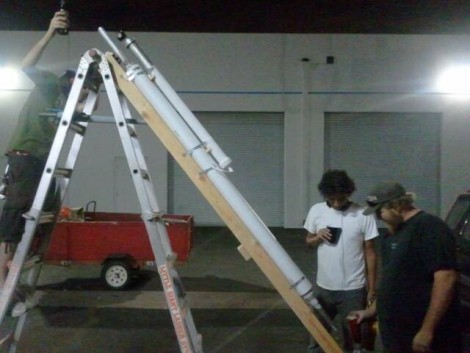
We’ve all been there. The day is done and it’s time for a cold one but you neglected to put more beer in the fridge after imbibing the last bottle the night before. You could chuck it in the freezer and revisit your attempt at refreshment in an hour. But if you need a malty beverage right now there’s no faster route than a beer chiller.
This particular beer chilling device is [Michael’s] entry in DEFCON 19’s Beer Chilling Contraption Contest. It can take a pint of beer from 90 degrees down to 45 degrees in just four seconds. Of course there’s a fair amount of setup time before you’re ready to use it. The device is a pipe within a pipe. The inner pipe houses the beer and the pipe surrounding it provides a containment area for a chilling liquid. [Michael] chose to use liquid carbon dioxide as a coolant because of it’s boiling temperature when under pressure. That is to say, the hottest part of the CO2 liquid is around the walls of the center pipe. By carefully dialing in the pressure of that outer chamber, the CO2 will boil away into gas as it cools the beer, making room for more liquid CO2 to contact the pipe and continue the cooling process.

